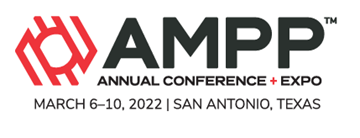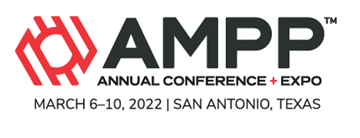Search
Products tagged with 'coating'
View as
Sort by
Display
per page
High Performance Water Based Coating Enhanced with Nano Vapor Corrosion Inhibitors
Product Number:
51217-027-SG
Publication Date:
2017
$20.00
Impact of Test Method on Sulfide Stress Cracking Fracture Toughness
Product Number:
51323-19118-SG
Publication Date:
2023
$20.00
Industrial Coating Application (ICA) - Module 4: Liquid Coatings Application_ALL
Product Number:
ICA Mod 4
$450.00
Industrial Coating Application (ICA) Module 1: Safety Codes, Practices & Standards
Product Number:
ICA_Mod1
$425.00
Industrial Coating Application (ICA) Module 3: Surface Preparation_ALL
Product Number:
ICA_Mod 3
$450.00
Inhibitor Exhaustion From Aerospace Primers
Product Number:
51322-18158-SG
Publication Date:
2022
$20.00
Innovative Colorants for Coatings Industry (Easy Dispersing and Low VOC Colorants)
Product Number:
41210-547-SG
Publication Date:
2010
$20.00
Integrated Coating System For Corrosion Protection Of Carbon Steel In Artificial Geothermal Brine
Product Number:
51322-17708-SG
Publication Date:
2022
$20.00
Integrity evaluation of offshore wind structures utilizing complementary monitoring techniques
Product Number:
51323-19292-SG
Publication Date:
2023
$20.00
Introduction Into Generic Coatings In The Industrial World
Product Number:
51218-102-SG
Publication Date:
2018
$20.00
Investigation of the mechanisms and kinetic of cathodic disbondment in seawater and soils
Product Number:
51323-19258-SG
Publication Date:
2023
$20.00












